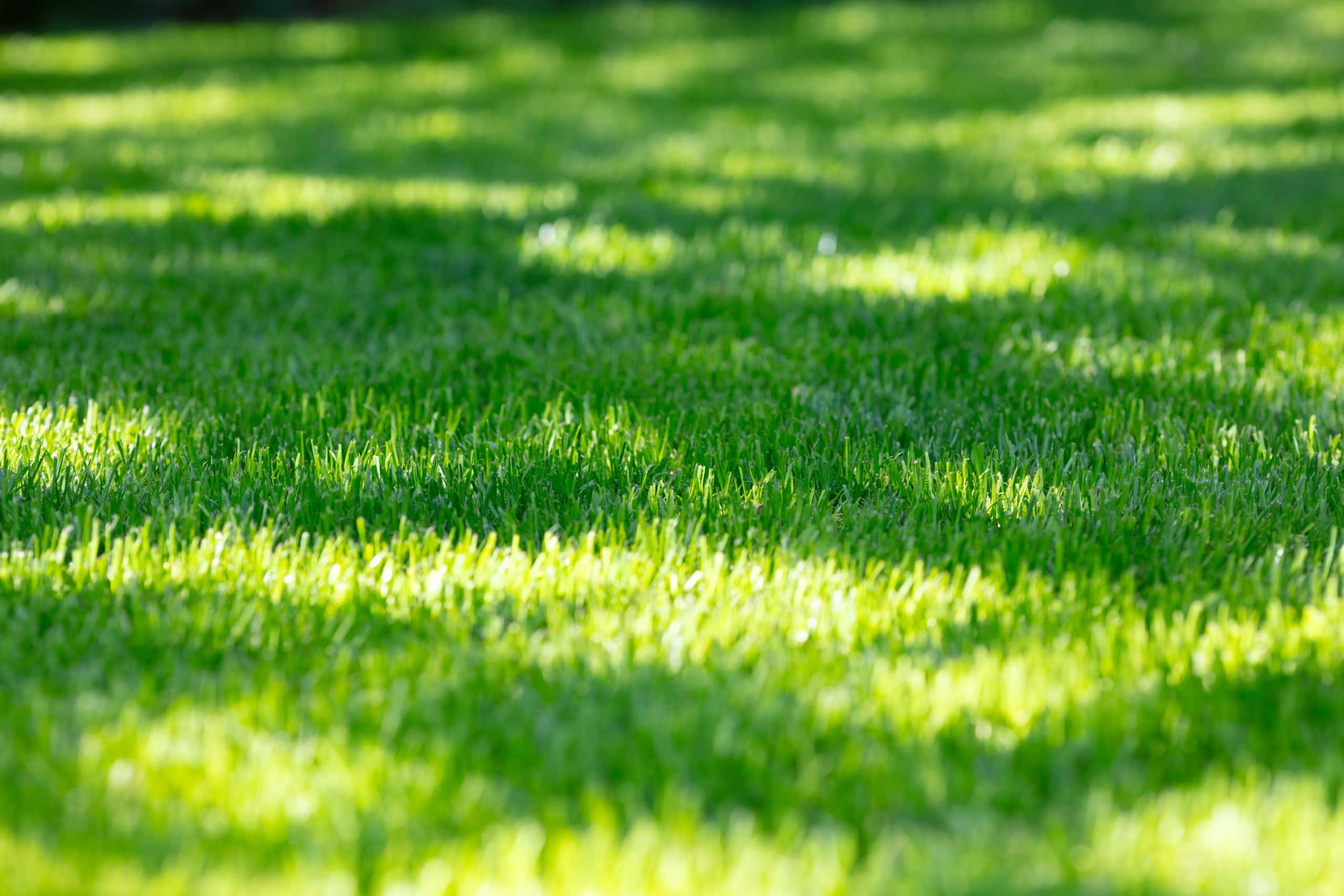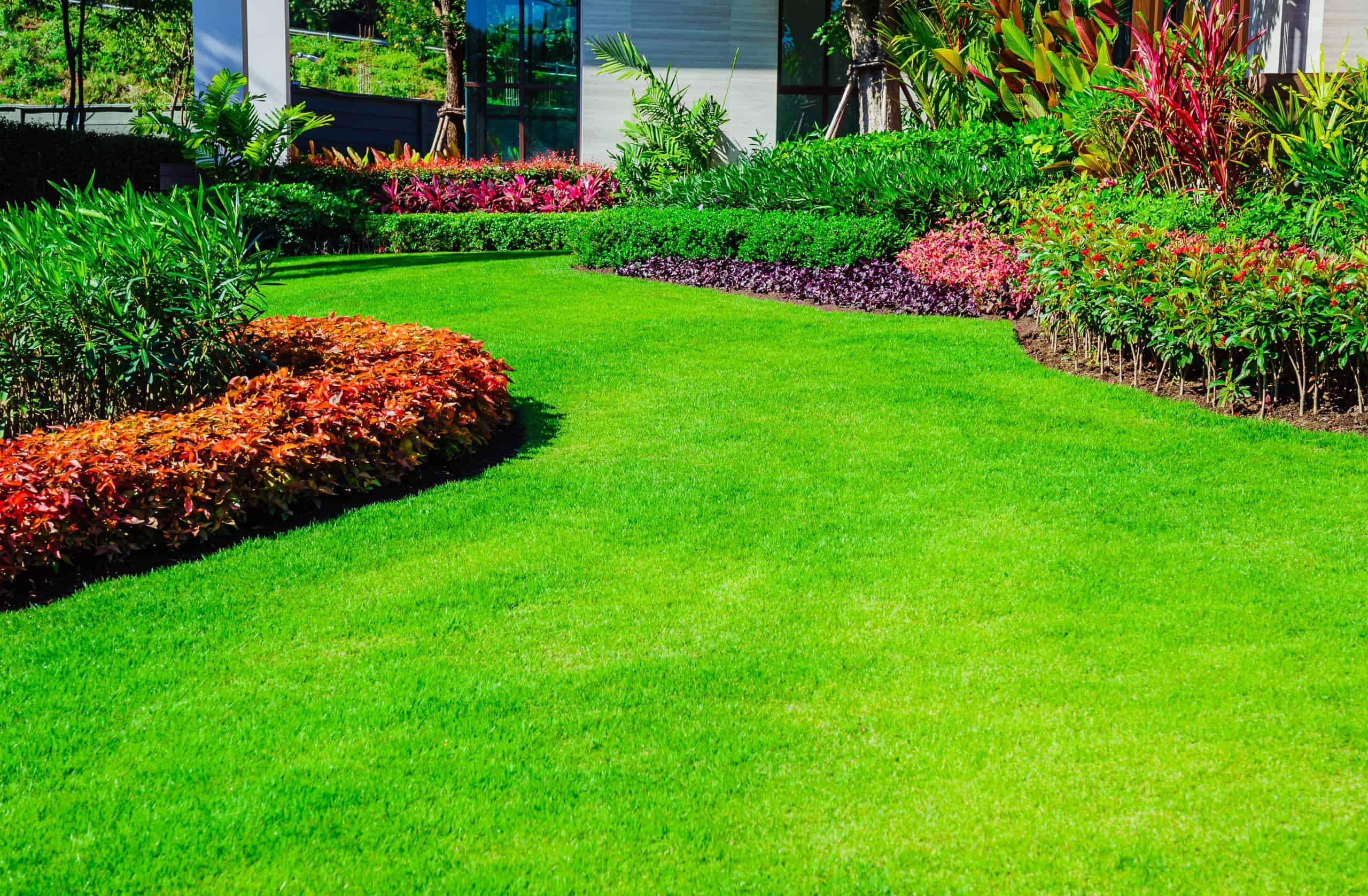Professional lawn care that gives you time back and a yard that stands out.

Hear from Our Customers

Your lawn becomes the one neighbors notice. Thick, green grass that stays healthy through Long Island’s unpredictable weather. No more brown patches in July or thin spots that never seem to fill in.
You get your weekends back. No more Saturday mornings spent pushing a mower or wondering if you’re fertilizing at the right time. No more trips to the garden center trying to figure out what your grass actually needs.
Your property value stays protected. A well-maintained lawn isn’t just pleasing to look at—it’s an investment that pays back when it matters most.
Rolling Hills Property Services Inc. has been keeping Commack lawns healthy for years. We understand how Long Island’s clay soil, coastal humidity, and temperature swings affect your grass.
We’re not a national franchise following a script. We’re local professionals who know that what works in Suffolk County might not work everywhere else. Your lawn gets attention from people who live here too.

We start by looking at your lawn’s current condition and understanding what you want. Every property is different, so we don’t use cookie-cutter approaches.
Regular maintenance keeps your grass healthy week after week. Mowing at the right height, fertilizing when your lawn actually needs it, and addressing problems before they become expensive fixes.
Seasonal treatments handle the specific challenges each time of year brings. Spring preparation, summer stress protection, fall strengthening, and winter preparation all contribute to setting you up for success next year.

Ready to get started?
Professional mowing keeps your grass at the optimal height for health and appearance. We adjust cutting height based on season and grass type, not convenience.
Fertilization programs feed your lawn what it needs when it needs it. Long Island’s soil has specific characteristics that affect how nutrients work. We account for that.
Aeration services help compacted soil breathe again. Clay soil is common here, and it needs regular attention to let water and nutrients reach grass roots effectively.

Local Resources